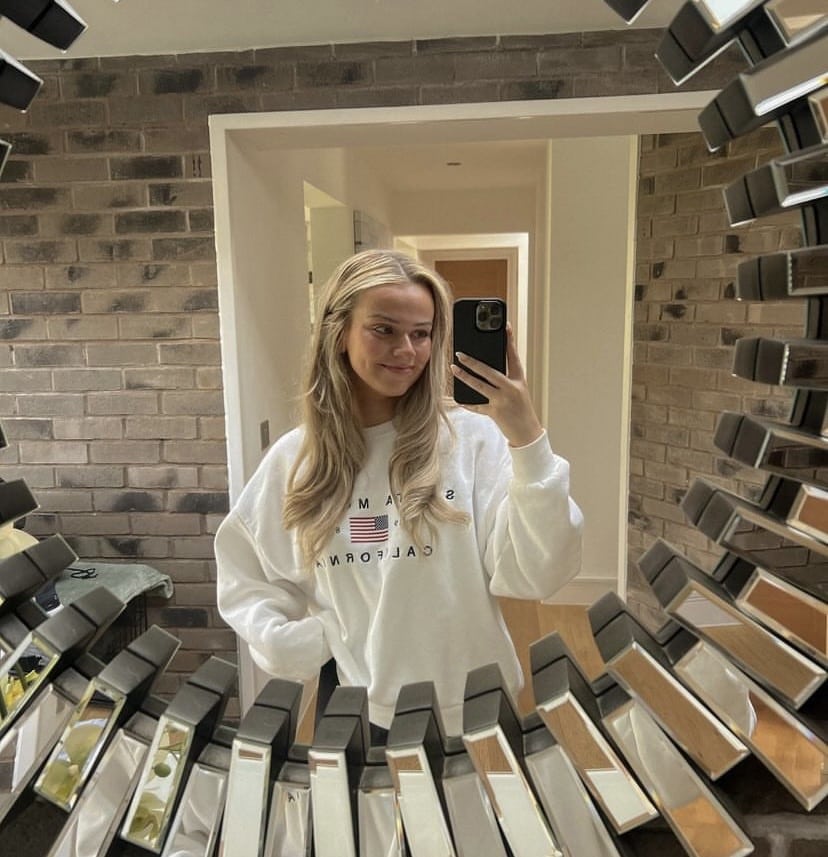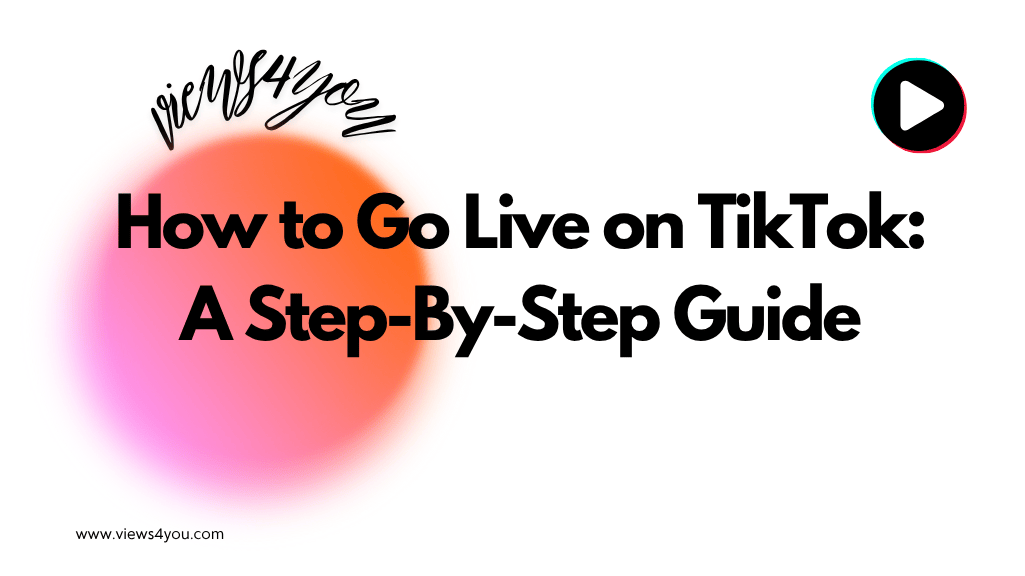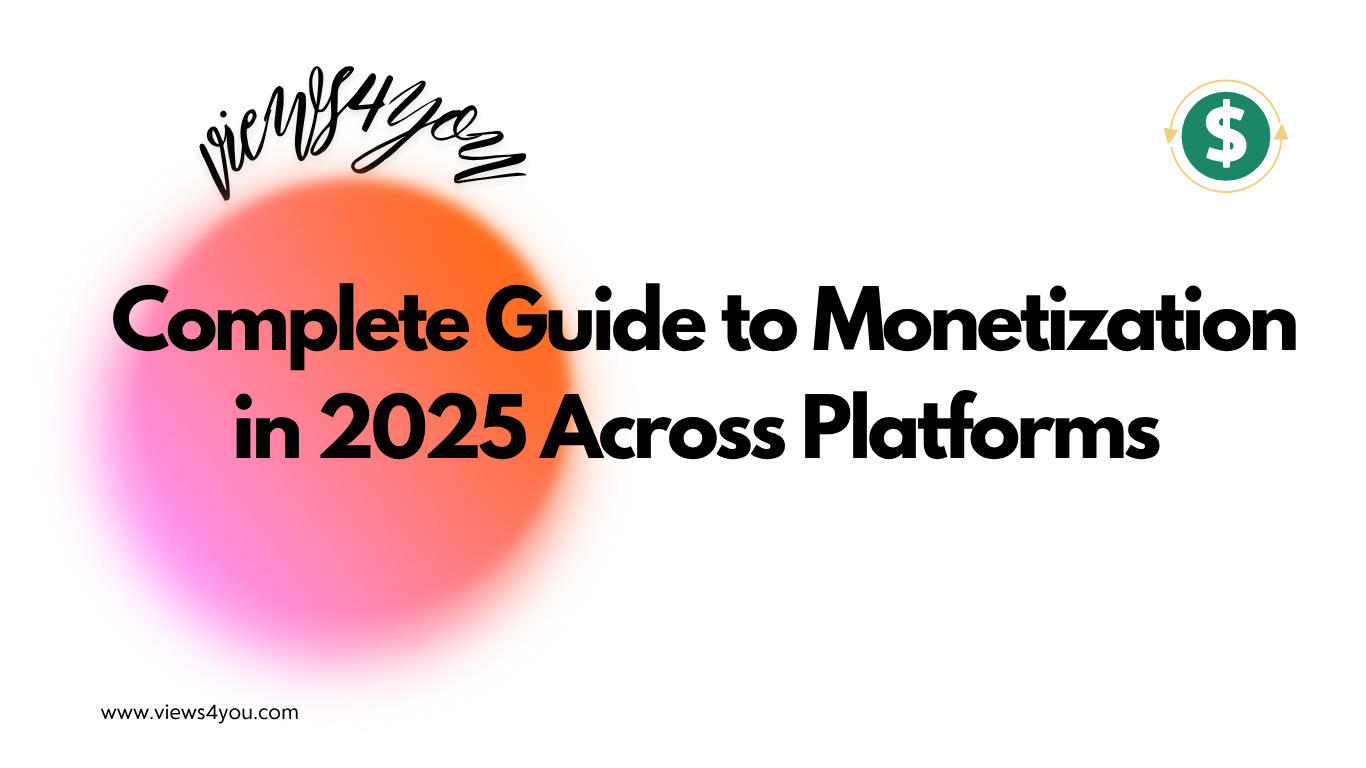Virtual and augmented reality are transforming how we socialize, shifting connection from the physical world to immersive digital spaces. Explore the emotional trade-offs, identity freedom, and evolving nature of human interaction in virtual environments.
Social media, video calling, and online forums have shifted most of our social lives into virtual spaces; the way we connect as humans is evolving. Virtual reality and augmented reality are taking that evolution a step further. People are now able to communicate from any corner of the globe with fewer physical constraints. However, as we move further into such virtual environments, the majority of people are getting curious about whether socializing in digital worlds will ever replace real human connections or not.
Real Life to Virtual Reality: A New Kind of Socializing
IRL (a.k.a., in real life) communication, we don’t just rely on words. We watch and realize facial expressions, body postures, eye gazes, and tones of voices. Those are the elements that help us to know each other, trust, and connect emotionally. When we move from real life into VR, many of those cues get lost.
We all know that avatars can smile and perform many other actions nowadays, but they do not accurately reflect real emotions. But those actions may not be a true match of how you really feel. Actually, most of the time our avatar is smiling; we are not.
In VR usage, your movement is tracked by sensors, but not necessarily in a smooth way. Moreover, you can still make eye contact, but it may feel uncomfortable because the interaction is actually based on simulation. It’s in many ways a more controlled and limited experience. It’s social—but it’s different.
It allows people to present themselves to one another in new and innovative ways. You can spend time together in a virtual forest, travel in a fantasy city, or go to a live concert—all from the comfort of your own room.
The Rise of Virtual and Augmented Reality in Social Media
Even social media platforms are transforming to accommodate more immersive experiences. Snapchat and Instagram AR filters allow users to test out their appearance and even their environments in a virtual manner. TikTok inserts AR effects into videos. Virtual reality goes a step further, though.
Platforms like Meta’s Horizon Worlds, VRChat, and Rec Room allow users to create and live in completely digital worlds. You don’t scroll; you enter. You don’t interact with a post; you’re dancing with someone’s avatar or chilling with them in a virtual living room. In this new reality, social media is a space—a place—not a feed. There is a new form of digital intimacy. That said, the boundary between self-expression and “performance” becomes blurry. When your look, voice, and moves are all customizable, don’t you ask yourself, “How much of this is actually you?”
What We Gain—and What We Risk Losing
Among the greatest advantages of socializing in VR is accessibility. Those with disabilities, social anxieties, or geographical constraints have greater accessibility to digital social life.
There’s also freedom of identity. You can express yourself and present who you would like to be in life. (Weird, isn’t it?) Some feel this is liberating; for others, authenticity becomes a question. Still, risks are there. The interactions may be shallow or overly controlled. It is simple to log off, and therefore, relationships may feel fleeting. There is generally a lack of emotional intensity and reliability that comes from being real—the little things, like shared silence or a spontaneous laugh, are harder to replicate.
Will Virtual Reality Replace Real Human Interaction?
Virtual reality is not going to replace the real world. At least not completely. Technology may approximate its presence, but it cannot reproduce the whole human range of contact. A hug, a flesh-and-blood smile, or the warmth of a human beside you—this matters.
For those who are far away, virtual gatherings are better than nothing. Used in the right way, it’s a helpful tool and not a replacement. Therefore, it is important to consider how we blend virtual reality and real-life interactions. This new lifestyle is dynamic. But boundaries are necessary. It is difficult to go offline when everything is plugged in.
FAQs
Will growing up in VR change how younger generations form relationships?
Yes, it most likely will. For those growing up with VR and AR technologies, concepts of “presence,” “identity,” and “trust” will most probably change. They will certainly become as emotionally invested in virtual friendships as in physical friendships, especially if it happens earlier in their lifetime.
Is freedom to form any avatar empowering or disempowering identity development?
Both. Creation of an avatar is freeing to most—it allows evasion of prejudice and physical expectation in the ‘real world’. It may also, though, confuse identity, especially if you begin to prefer the virtual over the ‘real’ person.
Could excessive socialization in VR disrupt our offline social communication?
It is possible. Relying too much on digital interactions, and particularly those without face-to-face cues, can numb reading emotions in the longer term. When we don’t get to practice listening, reading tone, or just hanging out quietly with people, those muscles weaken.









